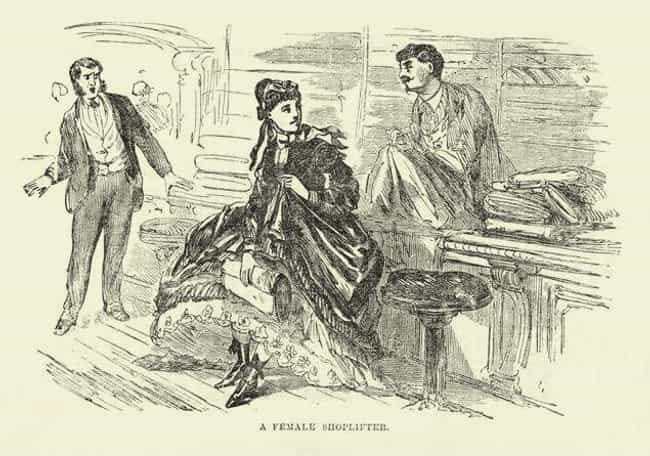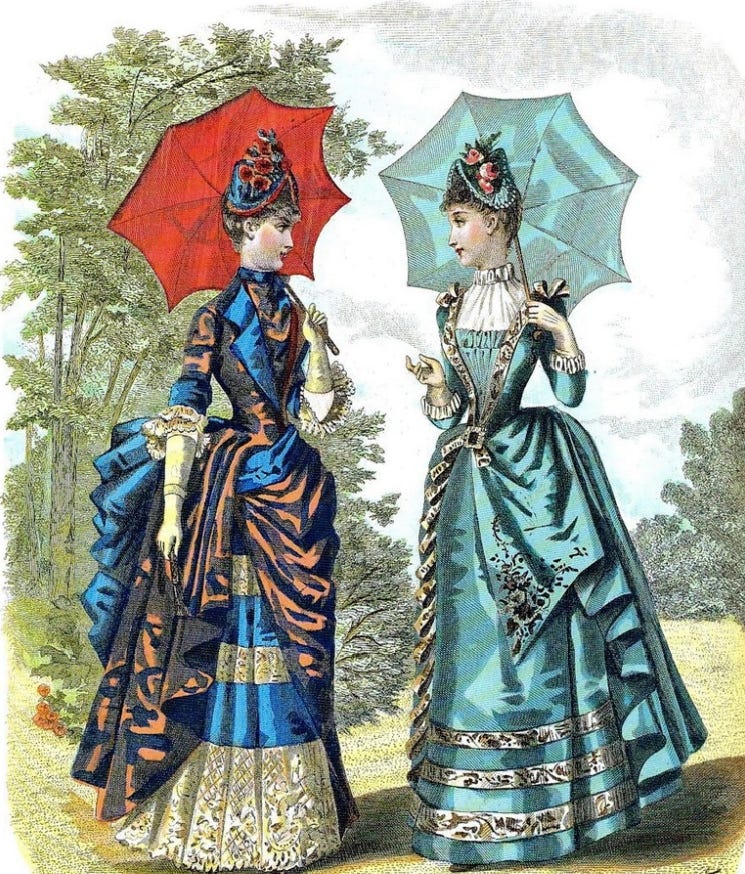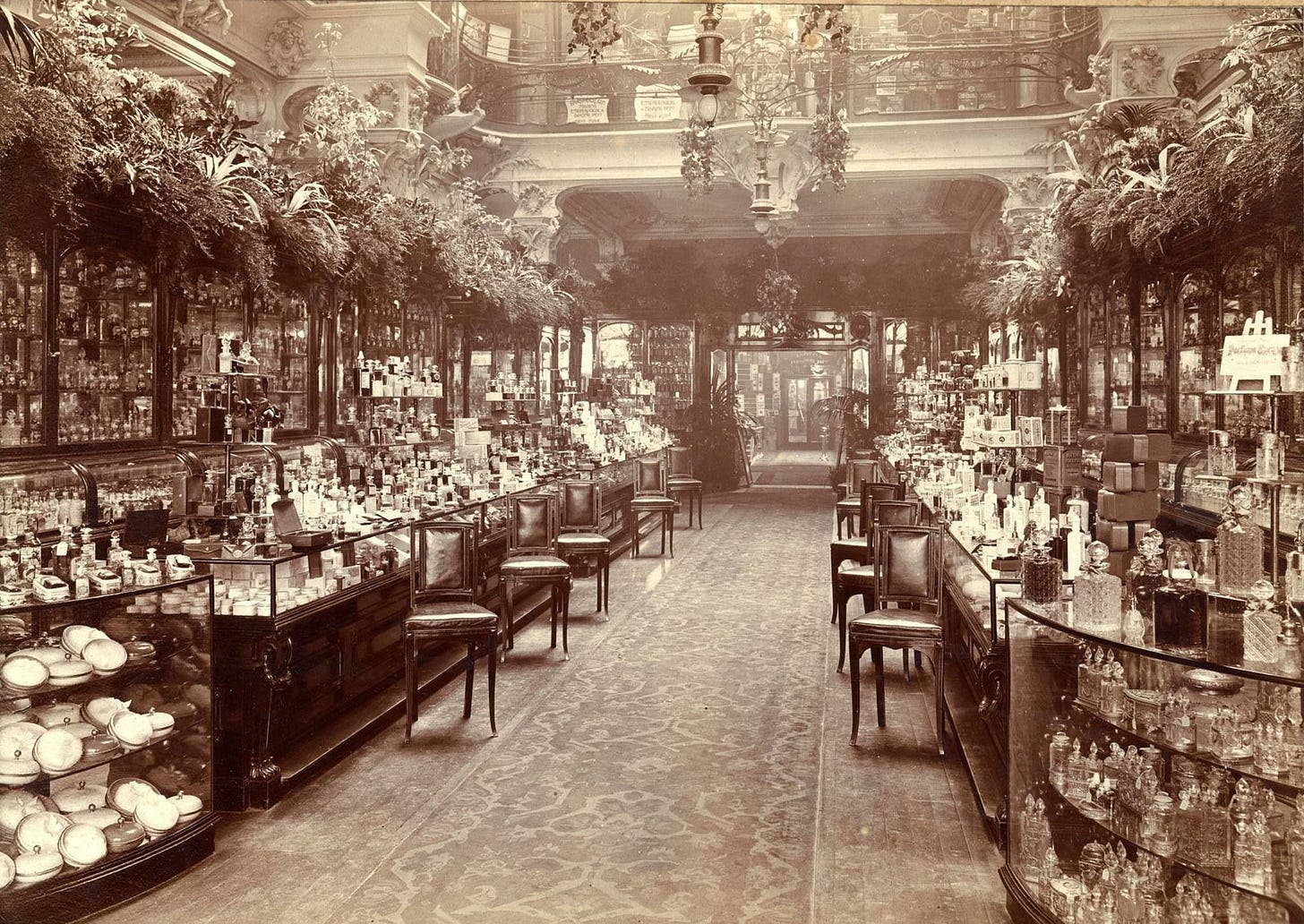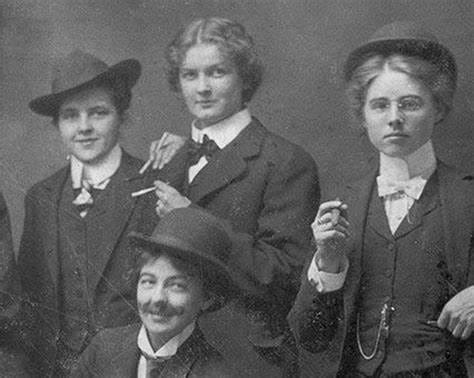Victorian Girl-bosses : Mary Carr & the Forty Elephants
The female gang of thieves that caused havoc in Victorian London
If you’ve watched the new historical drama A Thousand Blows, that’s now streaming on Disney +, then you may be familiar with one of the main characters : Mary Carr. After watching the show, I knew I would be in awe of this woman. It’s rare you see characters such as these ; women who get up to no good and what would have been considered very unladylike traits. Swearing, strutting, stealing and demanding her way around the East End, I had to research more into this fascinating woman and her gang of female criminals.
Elephant and Castle is a famous area in South London, nestled in Southwark, it became a hive of entertainment and social life in the Victorian period. Department stores and mansions adorned the streets and it was a cultural melting pot of various characters and backgrounds. This would have been a highly attractive place to obtain stolen goods if you were a gang of thieves ; pickpocketing theatre goers and high society and is where the Forty Elephants began their endeavours ; taking their name from the notorious area they operated from. The origins of the number Forty in their name is unknown, many speculate this is the number of women in the gang, or it takes influence from the tale of Ali Baba and The Forty Thieves.
During the 1870s, Mary Carr became immersed in the world of the Forty Elephants and gradually worked her way up to become “Queen of The Forty Thieves”. Her residence at 118 Stamford Street in East London, become the headquarters for her and her female accomplices and was a squalid and dirty location. This did not matter. The Forty Elephants, thanks to Mary’s leadership, became highly organised and strategic and used various intelligent ways of stealing. Mary was known to be attractive, charming and sociable, an excellent way to blackmail and manipulate others to steal.
It must have been a hassle wearing the typical fashion for a Victorian woman ; imagine wearing it in the sweaty and sticky heat of nineteenth century London, lifting all the heaviness up to dodge puddles of filth. Layer upon layer of fabricated skirts, alongside hoops and bustles. But this was not an issue for the Forty Elephants. It was a key advantage in how the notorious gang managed to steal from lavish shops and the pockets of fashionable society. The multi-layered design of their dresses allowed expensive objects to be hidden away quickly and discreetly. Pockets were even sewn inside their hats to conceal stolen items. Fashion for women also included cloaks, muffs and bloomers which was also a prime way to smuggle loot. Items worth thousand of pounds were stolen.
Shoplifting was their main area of expertise. The running and rules of department stores gave the gang a huge advantage ; women were often granted the privacy to shop and browse inside alone, which allowed Mary and her ladies to successfully pinch luxurious items such as clothing, jewellery, fabric, anything that had a high price and also allowed them to partake in “fencing” ; reselling these goods for an even higher price. Women, especially those disguised as middle and upper class ones, were never suspected of something so outrageous as shoplifting and very often went undetected. The gang expanded further than Elephant and Castle and became notorious across the capital, even leaving London was on their agenda. Many small towns and areas were targeted too.
In 1896, Mary was arrested for kidnapping a child, most likely used to blackmail, and Minnie Duggan, another member of the Forty Elephants replaced her role as leader. This would only be for two years until Mary was released, but the pair were eventually thrown in prison in 1905.
This unique and strategic gang of female thieves did not finish their endeavours in the Victorian period. In fact, the gang were still in operation until the 1950s. The prime of their organisation would be in the 1920s ; an age of wealth, lavish partying, nightclubs, young and rich youth and the expansion of department stores following the economic struggles of World War I. Their leader was Alice Diamond, nicknamed Annie Diamond, then replaced by Lillian Rose Kendall following Annie’s arrest. The group expanded to shopping centres across the country, and their ruthlessness and success only grew.
In an age where women were expected to be “the angel of the house” and remain feminine, docile, obedient and well-behaved, Mary Carr and her fellow ladies broke all the rules and challenged the expectations of her gender. Mary and the Forty Elephant’s story is a fascinating and unique one and proves that many women thrived in a male dominated society.









Really interesting article! I'd heard about the Forty Elephants on a podcast a while ago, but don't know much about them, so thank you for sharing theirs and Mary's story!
I loved reading this essay Kali! You've written it with such witt and insight! I guess it should come as less of a surprise that some women would have been able to use their social currency and attractiveness in order to gain an upper hand in what was quite clearly a male dominated patriarchal society, but you just do not hear about these things! Definitely now want to watch the show you mentioned ☺️